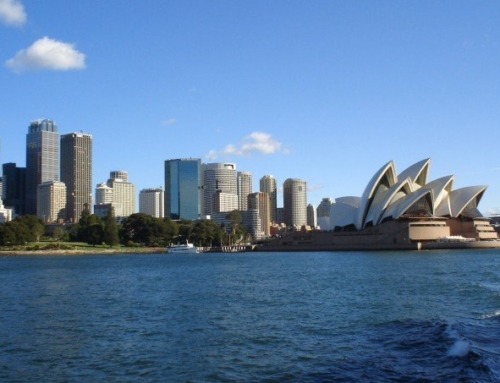ETA: Unfortunately, due to the lava flow that started on May 3, 2018, you may be to reach Lava Tree State Monument.
Lava Tree State Monument on the Big Island of Hawai’i is a must-see, in my opinion! You may be thinking, “Why do I need to see Lava Tree State Monument? It’s just a place with trees.” Well, yeah, it’s a state park of trees, but not the type of trees you would expect. You see, Lava Tree State Monument has many lava trees in it.
What is a Lava Tree?
Through this 0.7-mile loop trail, you can view the unusual volcanic feature that is the result of a lava flow that swept through this forested area and left behind lava molds of the trees.

That’s right, the trees you will see here are molds of actual trees that were overtaken by the lava, and all that is left is the molds of the trees.
Be sure to stay on the trail!

Even though the trail is just over half a mile, it is a relaxing hike that is super easy to complete. The entire pathway is paved. There are even a few places to stop and rest or take in the sights.
I love that there are several places throughout the park that you can sit down on benches. Most of which are covered, and take in the sights. With this being Hawai’i, you may find that while walking the trail the rain could come at any moment.

There are a couple of nice benches to sit on, and you can even stay out of the rain here.
Not all, but many of the lava trees will have holes in the sides of them. This allows you to look up and down in to see how hollow they are. It’s pretty spectacular to see.

Side view of a Lava Tree
You’ll not only see and hear different types of birds out there, but you’ll also see some exceptional growth. We happen to find several locations throughout the park with these exotic orange mushrooms.

Some colorful mushrooms!
As you can see, the lava trees are not that small. Some of them can be 20 feet tall! The tree below is the same tree as in the first picture above. On one side they built a platform for people to stand on to capture a photo with a lava tree. The other side of the lava tree shows the full view of the hollowed-out tree.

Lava trees aren’t that small!
Just because a tree is hollowed out, doesn’t mean that there isn’t life left in that tree. As you can see, a new tree sprouted on the top of the lava tree!

New ‘ōhi’a lehua tree growing, even flowering
‘Ohi’a Lehua History
The ‘Ohi’a Lehua growing in the above picture “is a species of a flowering evergreen tree in the myrtle family, Myrtaceae, that is endemic to the six largest islands of Hawaiʻi. It is an extremely variable tree, being 20–25 m (66–82 ft) tall in favorable situations, and a much smaller prostrate shrub when growing in boggy soils or directly on basalt. It produces a brilliant display of flowers, made up of a mass of stamens, which can range from fiery red to yellow. Many native Hawaiian traditions refer to the tree and the forests it forms as sacred to Pele, the volcano goddess, and to Laka, the goddess of hula. ‘Ohi’a trees grow readily on lava and are usually the very first plants to grow on new lava flows.” – Wikipedia – Metrosideros Polymorpha.
There is a little Hawaiian history for you!
Want to see more lava? Check out Lava Flow Viewing at the End of the Road on the Big Island of Hawai’i.






Leave A Comment